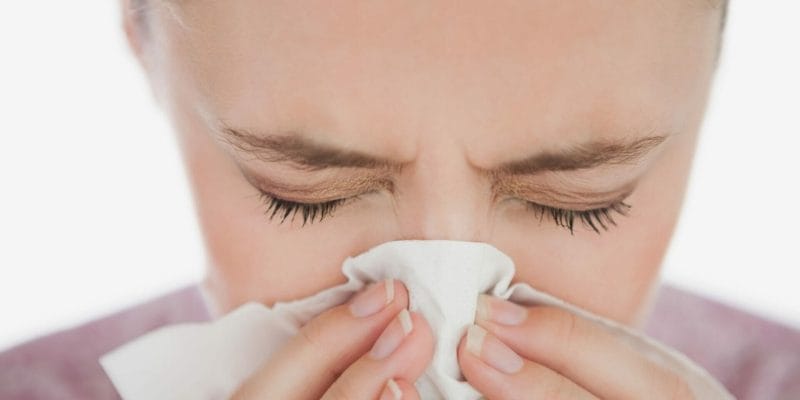If you’re one of the 30% of people who suffer from allergies in the United States, then you’re no stranger to the sneezing, sniffles, rashes, and more than can come from allergy and hay fever.
Most people know that their symptoms result from some allergy, but they might not know the exact cause—namely, is it due to hay fever or some other allergy? So, if you’re confused about the difference between the two, keep reading.
What Are Allergies?
Allergies are the body’s reaction to anything it views as a foreign substance, also called an allergen. The body then attacks this allergen, which causes the symptoms of allergies.
Allergy Triggers
Allergies are different from the body’s natural immune response since allergens are typically non-harmful substances, but the body still perceives them as harmful. Some common allergens include food, dust, mold, insects, pet fur, strong smells, chemical solutions, etc.
Symptoms
Allergy symptoms typically present with rashes, hives, nausea, and fatigue, as well as sneezing, a runny nose, watery or itchy eyes, and shortness of breath. While some allergic reactions are mild, some can be life-threatening and lead to severe anaphylactic shock.
Onset
Allergic reactions usually occur immediately or almost immediately after exposure to the allergen, and in most cases, stops when the allergen is removed.
Treatment
The best way to treat allergies is to prevent them, i.e., avoid any allergy triggers you may have. However, depending on the allergy, this may not always be possible.
Other treatment methods include allergy shots, medicine, inhalers, and sublingual immunotherapy, which involves building up a resistance to the allergen by being exposed to it in small doses.
What Is Hay Fever?
Hay fever, also called allergic rhinitis, is a specific type of chronic allergy that occurs in response to particular allergens and can last for months at a time. Hay fever is a widespread condition, affecting over 20 million people in the United States.
Hay Fever Triggers
Hay fever is usually a reaction to specific airborne allergens, such as pollen. Pollen comes from trees, grass, weeds, mold spores, and more. Indoor substances like pet dander, dust mites, and mold can also trigger hay fever and other strong-smelling irritants like cigarette smoke, perfumes, and diesel.
Symptoms
Despite its name, hay fever is not typically characterized by an elevated body temperature. Common hay fever symptoms include a cold, runny nose, congestion, watery eyes, a sore throat, and itching of the nose, eyes, and roof of the mouth.
Onset
Hay fever can be seasonal, occupational, or even perennial (year-long). The time of year hay fever occurs on the particular substance the person is allergic to, but it is more common in the spring, summer, and early fall.
Treatment
Like most allergies, effective treatment for hay fever involves avoiding or reducing exposure to the allergen. Other treatment options include over-the-counter medications like antihistamines, eye drops, and corticosteroids.
Immunotherapy is also another treatment modality used to treat hay fever.
Hay fever and allergies don’t always have dangerous symptoms. However, if your symptoms aren’t reducing post-treatment or are severe symptoms, visit your doctor at the earliest.

